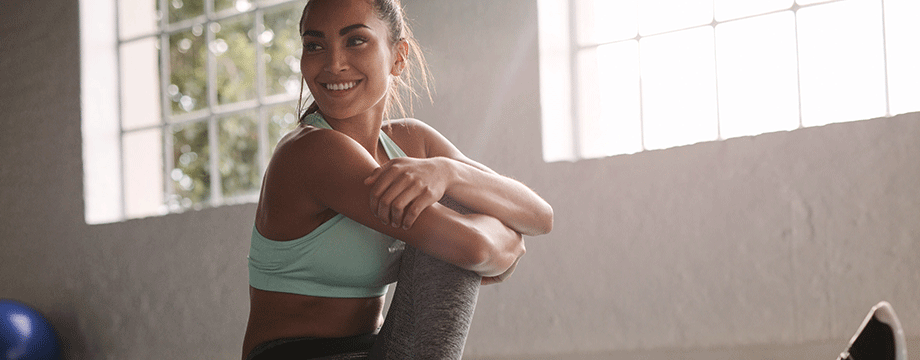Get moving!

Movement is most certainly medicine, says coach and personal trainer Harvey Lawton
During my time as a coach, I have seen a distinct shift in people’s approach to fitness away from exercising for aesthetics and short-term fixes more towards training for beneficial health impacts and longevity.
With so many of us leading a sedentary lifestyle, where sitting is the new living – be it commuting, at a desk or in front of the TV – our habits have very much become static. Taking this into consideration, many people then jump straight into the gym or an exercise class and expect their body to instantly ‘remember’ how to move by simply warming and limbering up. The outcome often results in niggles, aches and recurring injuries, since muscles and joints are unable to move optimally.
Iron out those creases
Mobility is a vital element of training that impacts the quality of your movement. Instilling a regular, full body mobility routine will not only help to iron out those adopted creases but will allow you to step out of the office and into the gym with far greater ease and significantly fewer twinges. A lack of mobility often results in compensation elsewhere, so getting your body moving once or twice a day will go a long way towards reversing the unfavourable positions your body has habitually adapted to.
For example, a seated position creates a flexed position at the hip whereby the distance from the shoulders and knees is decreased, quite literally folding you in half. Simple stretches such as the hip flexor stretch (or couch stretch) will help to mobilise the muscles at the front of the hip which are continually being shortened. ‘90/90 hip transfers’ are also a very effective way of opening up the hip joints. Search on You Tube for how to perform these exercises.
Simple exercises
Similarly, obtaining full function of the shoulder joint should be a priority if you want to ensure sufficient and pain-free movement, particularly overhead. Simple exercises such as ‘shoulder CARs’ can really help to open up the joint and create space for more free movement. Again, you can find videos on You Tube which will explain how to perform these.
Combining four to five challenging mobility movements and practising these ahead of any training session will not only help to prepare the body but, over time, with frequency, will help unravel the compromising positions day-to-day life has put us in.
In my own line of PT work and coaching, mobility training forms a compulsory part of any session – mindfully programmed to address any dysfunction and aid any latter lifts or accessory work. Incorporating movement patterns and exercises to test and improve your mobility will help bulletproof your body, leaving you ready to progress in all other areas of training.
If you’re looking for simple and effective daily mobility routines, visit @themovementblueprint or www.themovementblueprint.co and take a look at the Principles programme: 20 minutes per day, minimal equipment, maximum health benefits!
Read previous Your Living articles here...
Read articles from our latest issue here...